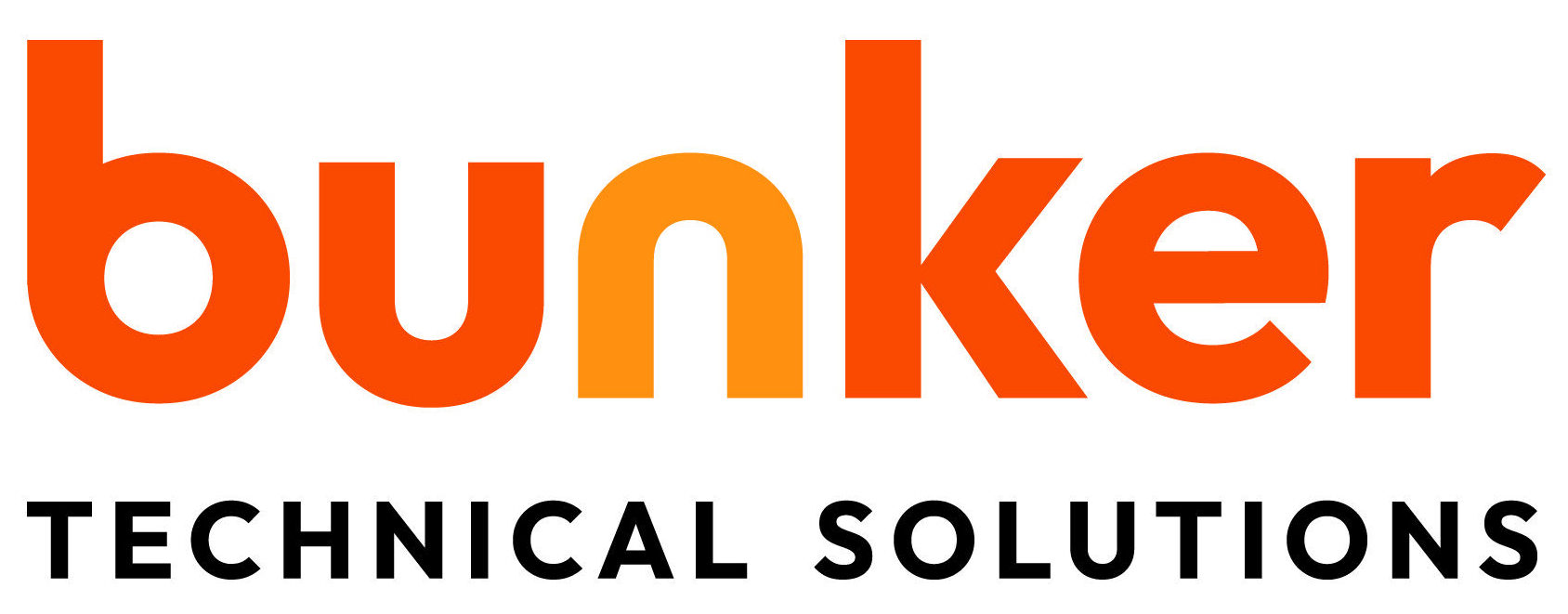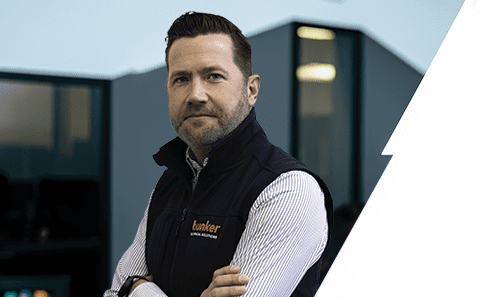Solving IT Support Challenges in Film Production with Bunker
-
Aug, Fri, 2025
- 7 minutes Read
Understanding IT Support Pain Points in Film Production
Film production is an intricate endeavor, blending creative vision with cutting-edge technology to bring stories to life. However, beneath the surface glamour lies a network of IT challenges that can disrupt workflows and threaten tight production schedules. The fast-paced, collaborative nature of filmmaking demands seamless connectivity, robust data management, and instantaneous technical support, making IT support a mission-critical component for success.
One of the most significant pain points is the integration of diverse hardware and software ecosystems. Productions often rely on a mix of Windows, macOS, and Linux platforms—each with unique requirements and compatibility issues. This cross-platform environment complicates everything from file sharing to software licensing, increasing the risk of workflow bottlenecks. Furthermore, high-resolution video files and digital assets require vast storage capabilities and secure, high-speed transfer protocols, making data loss or downtime a looming threat.
Collaboration is another area rife with challenges. Teams are frequently distributed across multiple locations, with editors, visual effects artists, and sound designers needing real-time access to shared resources. Any lapse in connectivity, cyber security, or data synchronization can grind progress to a halt. Additionally, tight deadlines leave little room for technical hiccups, requiring IT support that is both proactive and responsive to swiftly resolve issues without derailing production timelines.
In this complex landscape, understanding these IT pain points is vital for developing tailored solutions that empower film crews to focus on creativity rather than troubleshooting technology.
The Unique Tech Needs of Modern Film Crews
Modern film productions operate at the intersection of creativity and cutting-edge technology, demanding an IT support approach as dynamic as the industry itself. Unlike traditional office environments, film crews rely on a diverse ecosystem of devices, platforms, and workflows, each playing a vital role in the seamless execution of their vision. The tech stack on a film set extends far beyond basic desktops and laptops; it encompasses high-powered editing suites, on-set digital imaging equipment, wireless networks for real-time collaboration, and secure cloud storage for massive volumes of raw footage.
One of the most pressing challenges film crews face is the need for rapid, reliable, and cross-platform compatibility. Editors may use macOS for its industry-standard creative tools, while visual effects teams might depend on Windows-based workstations for rendering and compositing. Simultaneously, script supervisors, producers, and set designers often require mobile device integration—spanning iOS, Android, and even specialized tablets. This diversity makes seamless interoperability not just a convenience, but a necessity for keeping production on schedule.
Key Technical Requirements of Film Productions
- High-Speed Data Transfer: Moving terabytes of footage between locations and departments demands robust network infrastructure and secure file sharing solutions.
- Remote Collaboration: With global teams, instant messaging, video conferencing, and cloud-based project management tools are critical for real-time decision-making.
- Data Security: Protecting intellectual property and unreleased content from leaks or cyber threats is paramount, requiring advanced encryption and access controls.
- Hardware & Software Versatility: Supporting a mix of operating systems and specialized applications, often under tight deadlines and unpredictable conditions.
Given these complexities, it’s clear that film crews need more than standard IT support—they require a cross platform managed service provider capable of navigating the unique landscape of modern film production.
Why Cross Platform Compatibility Matters on Set
In the fast-paced environment of film production, seamless IT support is a non-negotiable requirement. Sets today are a mosaic of diverse technologies—Windows workstations for pre-visualization, Macs for creative editing, and Linux servers for rendering and storage. Each department brings its own preferred devices and operating systems, creating a rich but challenging tech ecosystem. This diversity makes cross platform compatibility not just a luxury, but a critical necessity for production success.
Efficient collaboration is the heartbeat of any set. Editors, cinematographers, sound engineers, and VFX artists must share files and resources without friction, regardless of their chosen platforms. If a Mac-based editor can’t access a Windows-driven storage system, or if rendering pipelines break down due to incompatibility, production grinds to a halt. We ensure that every device—be it laptop, workstation, or server—communicates effortlessly, so creativity flows unimpeded and deadlines remain intact.
Key Benefits of working with Bunker for IT Support
- Unified Troubleshooting: Technicians familiar with multiple operating systems resolve issues faster, minimizing costly downtime.
- Smooth Asset Sharing: Consistent protocols for file transfer and software integration keep teams connected, no matter the device.
- Security Across Devices: Holistic security practices protect sensitive footage and intellectual property on every platform.
When every second counts, cross platform compatibility ensures that technology empowers creativity rather than impeding it, setting the stage for truly collaborative, efficient productions.
How Bunker Streamlines Production Workflows
Film production thrives on seamless collaboration, rapid problem-solving, and the ability to pivot quickly across diverse technologies. In this dynamic environment, Bunker becomes an invaluable partner, eliminating the friction caused by disparate systems and streamlining every stage of the production workflow.
Unified Technology Management
Modern film sets operate with a blend of Windows, macOS, and Linux devices—each powering unique creative and technical tools. Bunker leverages expertise across all major operating systems, ensuring that editing suites, visual effects labs, and administrative networks communicate flawlessly. This unified management eliminates compatibility bottlenecks, reduces downtime, and keeps every team member—on-site or remote—connected and productive.
Seamless Integration of Production Tools
From pre-production scheduling to post-production rendering, film projects rely on a constellation of specialized software. Bunker integrates these varied tools into a cohesive ecosystem, enabling automated data transfers, centralized file access, and real-time collaboration. As a result, teams can focus on creativity and execution, not on troubleshooting file formats or dealing with cumbersome logins.
Proactive Support and Rapid Issue Resolution
Time is money in film production. Bunker anticipates IT challenges with proactive monitoring and remote support, resolving issues before they escalate. Whether it’s a stalled rendering farm or a misconfigured cloud storage solution, rapid intervention keeps the project on schedule and the crew focused on storytelling.
By consolidating IT support and empowering teams with seamless technology experiences, Bunker transforms production workflows—laying the groundwork for efficiency, creativity, and cinematic excellence.
Key Benefits of Partnering with Bunker
In the fast-paced world of film production, seamless technology integration is not a luxury—it’s a necessity. Partnering with Bunker introduces a host of advantages that directly address the unique IT support challenges faced by studios, production houses, and creative teams.
Comprehensive Support Across Diverse Ecosystems
Film production workflows often span multiple operating systems and devices, from high-powered Windows workstations for rendering to macOS machines for editing and mobile devices for on-the-go collaboration. Bunker brings expertise that transcends these boundaries, ensuring all systems communicate efficiently and securely. This holistic approach eliminates compatibility issues and reduces downtime, allowing creatives to focus on storytelling rather than troubleshooting.
Scalability and Flexibility
Production demands fluctuate with each project, making scalability critical. Bunker offers flexible service models that grow alongside your needs—whether you’re ramping up for a blockbuster or managing post-production for an indie film. Their ability to adapt infrastructure, security protocols, and cloud services keeps your operations agile and cost-effective.
Streamlined Collaboration and Security
With remote teams and on-set crews working in tandem, reliable collaboration tools and robust cybersecurity are essential. Bunker implements unified communication platforms and consistent security policies across every device, safeguarding sensitive assets and intellectual property.
Ultimately, partnering with Bunker empowers film production companies to harness technology as a creative ally, paving the way for smoother workflows and more innovative storytelling.


